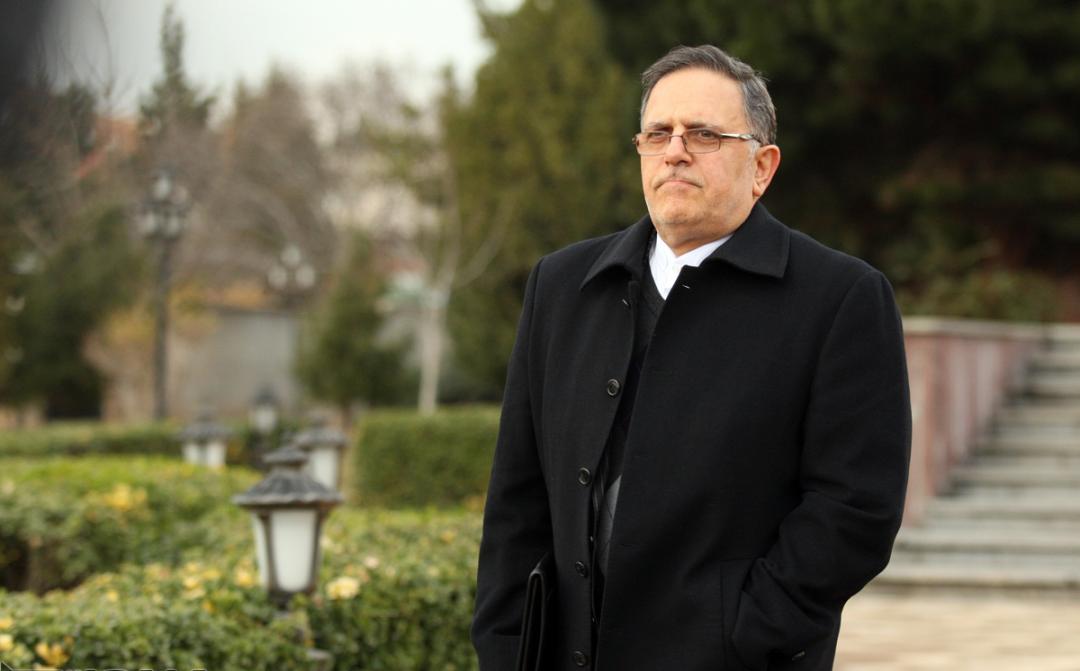Foreign exchange rates have a direct impact on a country's economy. Thus, central banks as the overlords of monetary policy have another lever to pull when pushing their agenda. The Central Bank of Iran is no exception to this rule. Though the bank hasn't fared well in influencing foreign exchange rates in the recent past, things seem to be changing under Valiollah Seif's governance.
Most analysts predicted the rial to climb in the foreign exchange market, after Iran and the six world powers reached a framework agreement on April 2, which heralded the lifting of economic sanctions against Iran's battered economy, in exchange for measures taken by Tehran to ensure the peaceful nature of its nuclear program. The agreement called the JCPOA would lead to the release of over $130 billion of Iran's blocked oil revenues and other assets to the CBI, and the normalization of the bank's relations with the global financial system, in turn boosting the banks arsenal.
The news of the deal was thought to lead to a sell-off of foreign currencies in Iran, which didn't materialize as anticipated. Seif has always said his bank sees stability in the foreign exchange market as its main aim. So, what was Seif's role?
The bank has historically pegged the value of the rial to the dollar but allowed for minute changes in rates. This is called a managed float. But the CBI was unable to meet foreign exchange demand in 2012, due to being cut-off from its foreign reserves – as a result of sanctions leveled against it. So, the rial suffered devaluation, losing around 70 percent of its value in a short period.
For some time the central bank offered foreign exchange at two different rates, both at a discount to market prices, to protect vital imports. The multiple exchange regime led to wide spread corruption and misuse. Luxury cars were imported in place of medicine, during the reign of the former president Mahmoud Ahmadinejad, to name one.
Since then the central bank has had to manage without its foreign reserves, which were blocked by the sanctions, leaving the bank with little power to influence foreign exchange rates.
With the 2012 currency crisis fresh in their minds, Iranians watched with dismay when after the second extension of the nuclear talks in Nov. 2014, resulted in an over seven percent drop in rial's value against a basket of major currencies.
But the governor has had a game plan since taking office in 2013. The central bank issued two directives in 2014, both aimed at increasing its supervisory grip on foreign exchange trading. One was used to bring the bureau de change based market to heel. The other was aimed at curbing currency trading by people the government derogatorily calls "dealers" in Ferdowsi Street and Sabze Meydan (square) – the two centers of foreign exchange trading in the capital and also eliminating forward trades in the market. These seem to have reduced volatility in the market.
Seif's next objective is to unify the foreign exchange regime. Based on what he and other officials have said, we can assume the central bank prefers to weaken the official rate, as is economically prudent. As for the market rate, the central bank sees the 3,000 to 3,500 rials range per US dollar a "reasonable" value for the Iranian rial. But, the CBI wants to do this on its own terms.
So when the JCPOA was agreed upon, Seif remarked, "The central bank will try to control sudden shocks," and that was what it did, although some expected the bank to use the opportunity to bring the two rates closer. The greenback briefly touched a 7-month low of 31,930 rials on April 6, but then rose as low prices spurred more buying. The dollar has kept its value against the rial and trading and volatility are normal.
Of course, there are other factors in play when looking at the events in the foreign exchange markets in the past two weeks. Demand for the dollar has increased from commercial firms. Investors' optimism has been curbed by sobering remarks by the negotiators that the JCPOA has not been signed yet and later by rival groups in Tehran that nothing breakthrough has yet happened. Disputes continue to be rising both in Washington and Tehran over the interpretation of the framework agreement.
Though the market's behavior is not all the doing of the central bank, and keeping the rial weak is far easier than stopping its devaluation, Seif's game plan seems to be working. The governor is succeeding in keeping the rial's exchange rate in a safe range for the economy and businesses.


